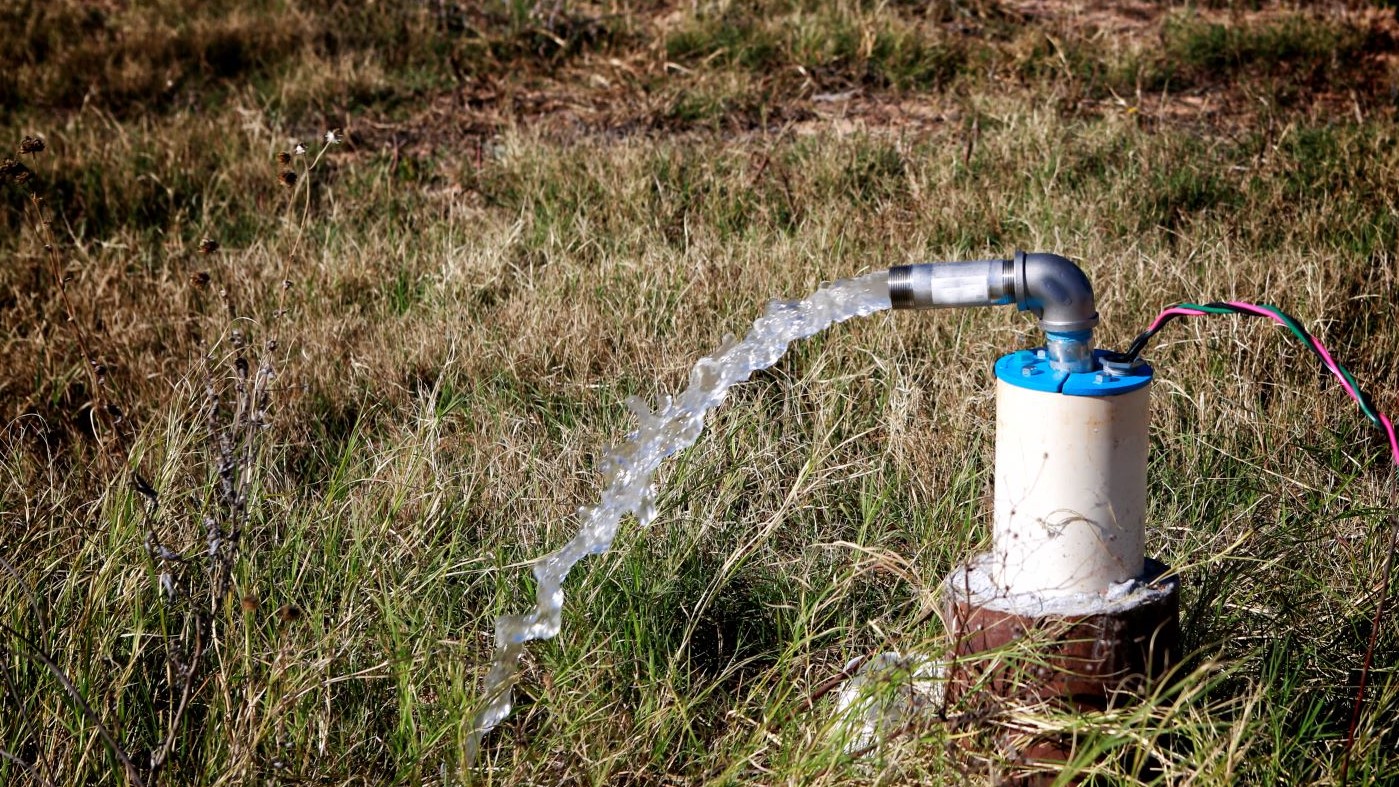Drinking water wells are more common than people realize. As of the 2017 US Census American Housing Survey, an estimated 13 million US households relied on drinking water wells for their potable drinking water. Commercial properties may also use drinking water wells, particularly in rural areas.
VERTEX has experience helping property owners, tenants, and lenders assess the safety and suitability of well water. VERTEX has helped solve challenges for a wide variety of properties using well water, from large multi-tenant residential complexes to smaller commercial operations like storage facilities and even pet grooming facilities.
Drinking water wells can provide safe, potable water. But in order to ensure safe water, drinking water wells must be appropriately constructed; tested at initial installation; and tested on an ongoing basis.
Standards and Requirements
The requirements for sampling your well will depend on where you are located and how many users the well serves. For private drinking water wells, every state has different requirements, many of them specific to the types of well water impacts found in that state. For drinking water wells that serve more than one household, every state also has a different set of standards for when a drinking water supply becomes a public supply service, and how often testing will be required.
Case Study
VERTEX conducted Due Diligence assessment at a commercial property with an existing drinking water well. The property did not provide drinking water to customers, and site employees were provided with a cooler and bottled water for drinking. Although the water was not used for potable purposes by site employees, the property manager indicated that several customers reported getting sick after drinking water obtained from a bathroom sink and an exterior hose spigot. Testing of the well revealed elevated coliform, explaining the reports of illness. The well was treated with chlorine, resolving the condition. This case study also shows how important it is to not assume customers or even employees understand that water from a tap or even a spigot may not be potable. Non-potable or non-tested water sources should always be appropriately labeled.
Initial Testing
Many wells were installed prior to the requirements or recommendations for water testing. For those wells that were tested during installation, the testing done at the time of installation may not have included all contaminants now known to impact the region’s drinking water wells. And some well owners may just not have the paperwork, whether because it was lost or because it was never passed on from the original owner.
When initial testing records aren’t available, or are incomplete, VERTEX recommends testing for the parameters recommended by the state in which the property is located for an initial drinking water well installation. Depending on a property’s location, the uses and history of surrounding properties, and reports from site water users, running additional tests may also be recommended.
Recurring Testing
Over time, the casing of a drinking water well can break down or become damaged, allowing surface runoff to enter the well and contaminate it. The quality of water in an aquifer may also change over time, due to seasonal variations in water level, migration of contamination from impacted facilities, or other factors.
Most states have recommendations or requirements for ongoing testing, particularly for nitrate, nitrite, and microbiological parameters such as coliform bacteria, which are the most likely to change over time.
Water Treatment
Most water quality issues can be managed. If well testing reveals contamination above regulatory drinking water standards – whether primary standards, which are protective of health, or secondary standards that affect taste and appearance – a variety of drinking water treatment methods can be employed. These can include:
- Chlorine “shock” treatment to the well to treat bacteria
- Installation of a reverse-osmosis system to remove heavy metals
- Installation of a radon filter to remove radon
- Installation of a carbon filtration system to remove volatile organic compounds
But before treatment can be deployed, the well owner needs to know which contaminants to treat for. Sampling drinking water wells on an initial and recurring basis is necessary to provide safe, clean, and – if necessary – appropriately treated drinking water for residents, employees, and customers.
To learn more about VERTEX’s Environmental Consulting services or to speak with an Environmental Expert, call 888.298.5162 or submit an inquiry.




